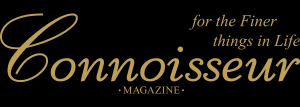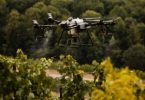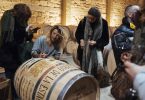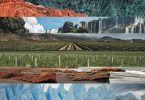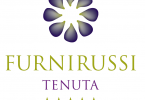Yealands Estate – Innovation and sustainability
You may also like
Flying innovation in the vineyards of Heitlinger...
2 years ago
by Staff Writer
Veteran Winemaker Bill Brosseau Leads his 25th...
3 years ago
by Staff Writer
June 20, 2020: The Haro Station Wine Experience...
5 years ago
Argentina, lands of contrasts at La Cité du...
5 years ago
Summer Travel on California Wine Country Back Roads
5 years ago
by Staff Writer
Leone de Castris SALENTO Wine Dinner at Furnirussi
11 years ago
